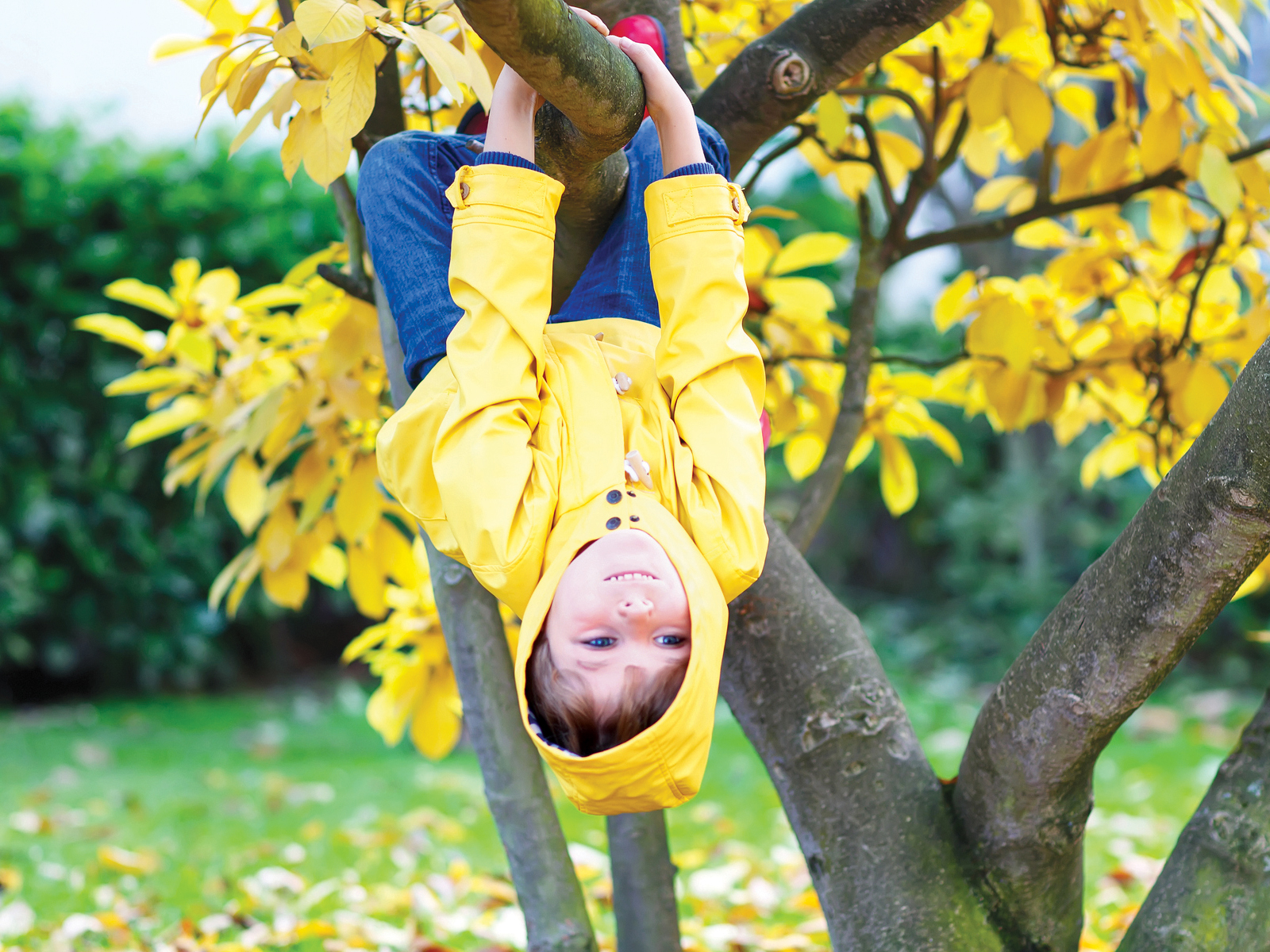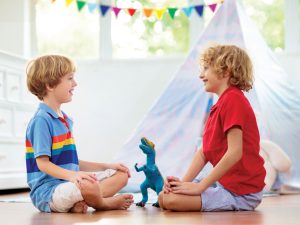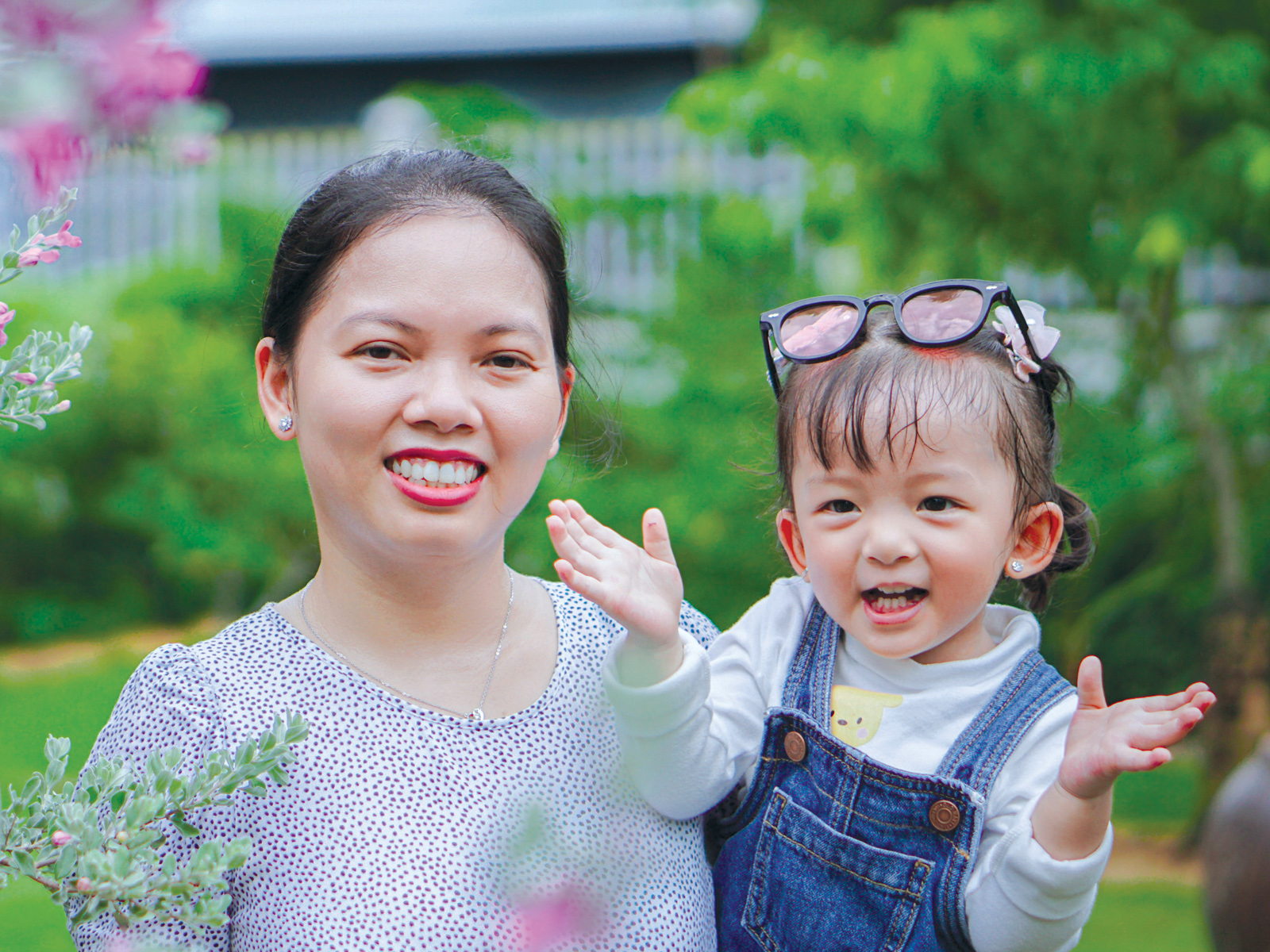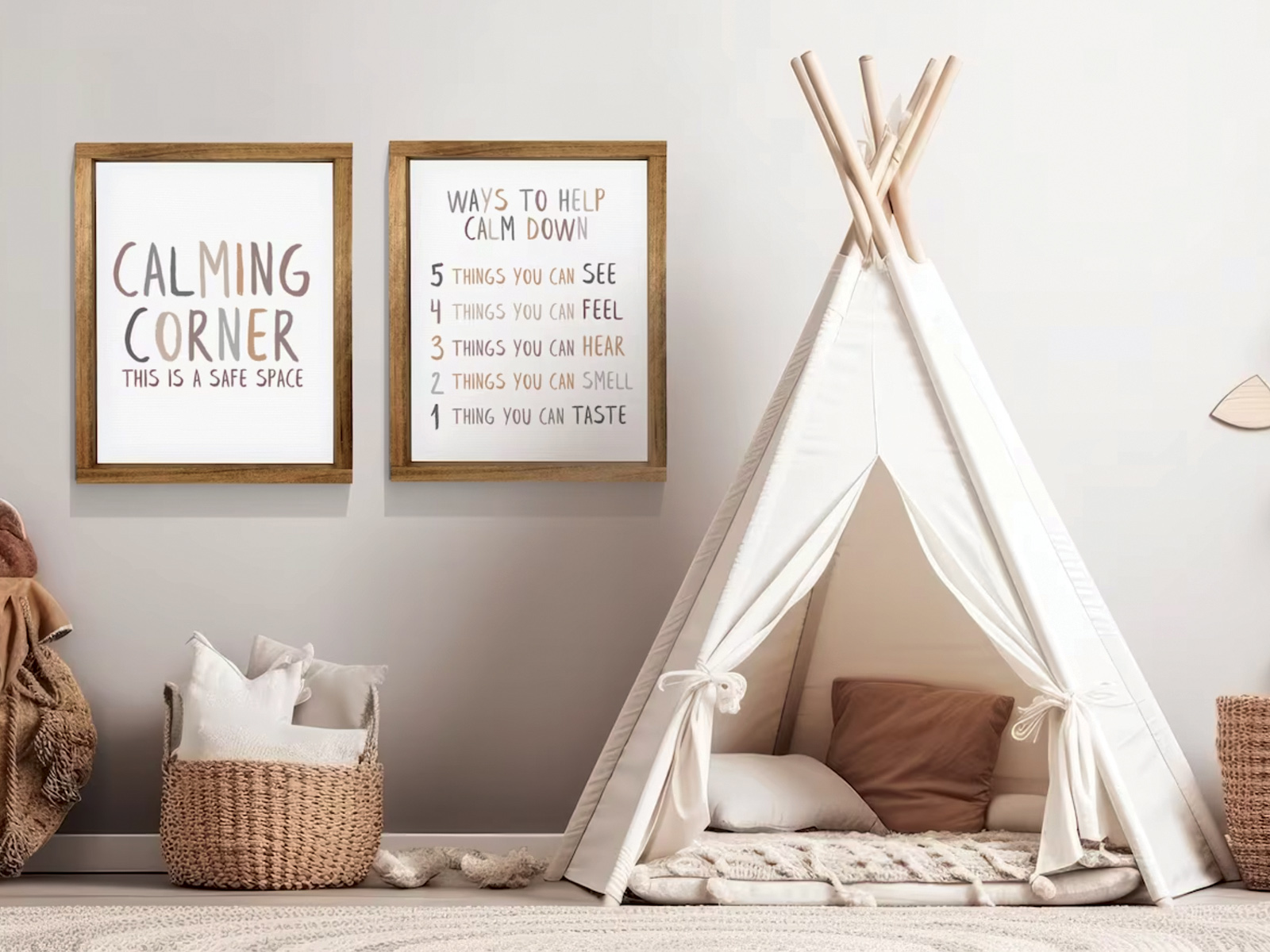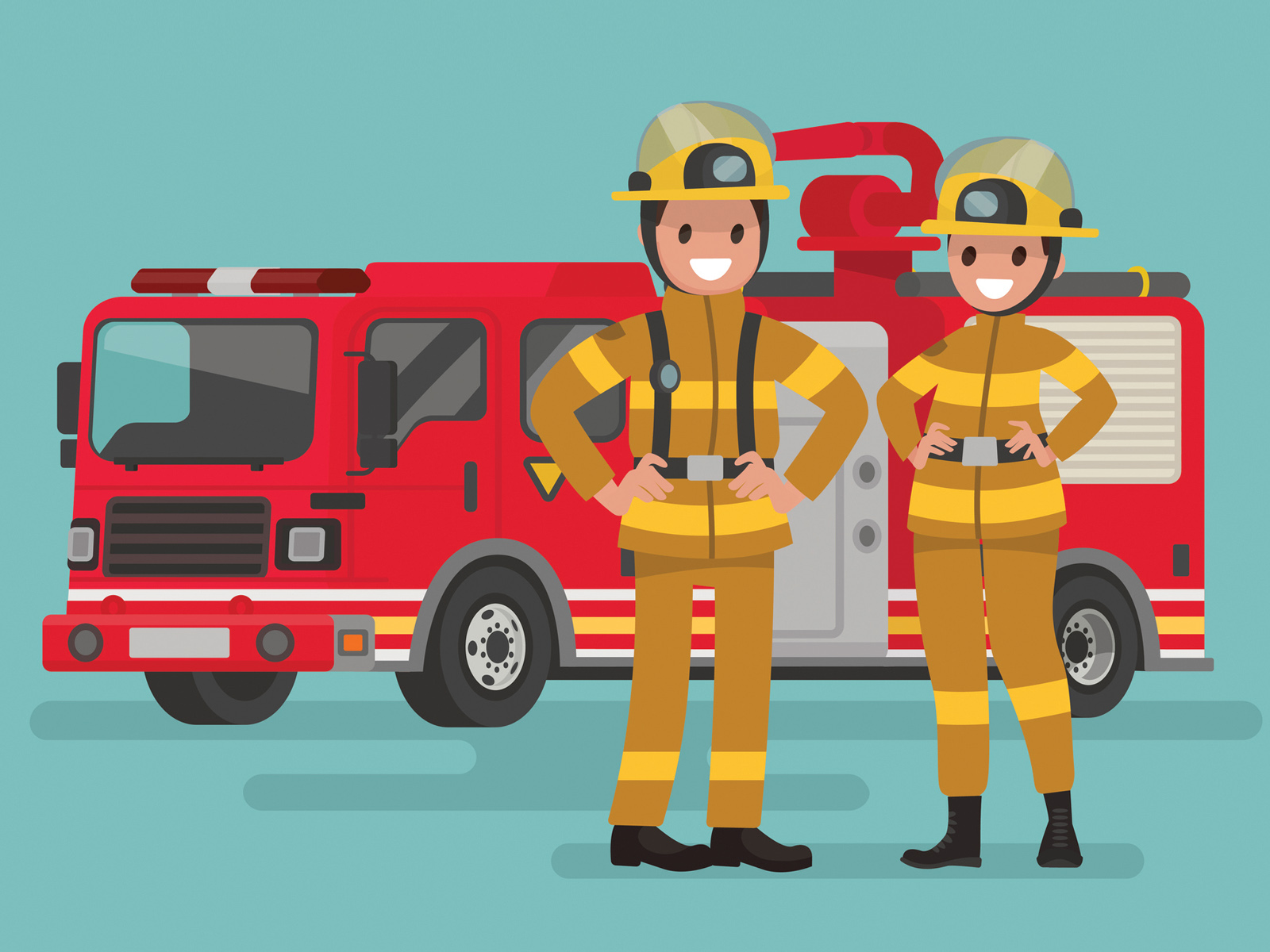Saying “be careful” all the time can confuse kids, instill fear, and lower their self-confidence.
If you’ve ever watched your not-so-sure-footed kids ascend a tall—very tall—rope climbing structure at the playground, or hoist themselves atop a large, wobbly log in the woods, or attempt the monkey bars alone for the first time (at breakneck speed), you may have felt the urge to call out, “Be careful!” And why? Because arms do get broken at playgrounds and no one wants a trip to the ER. And, likely, because you heard it a lot when you were growing up.
But there are several reasons this oft-repeated parental admonition can do more harm than good. (And several better ways to help your kids generate risk awareness and engage in safe behaviours.)
Experts suggest that we steer clear of this common phrase because, given our tone of voice, it usually creates fear, isn’t very specific and can be confusing for a child when it’s used in different situations. As parents, saying “be careful” usually comes from a place of anxiety of what might happen. While kids need to be aware of situational and physical risks, teaching them to be afraid of playing and other everyday activities can create a resistance to trying new things, inhibit development and lead to a lack of self-trust over time.
“If we’re constantly intervening, our kids are robbed of the opportunity to calculate and manage risks themselves—a critical life skill. The more we condition them to rely on external sources to alert them to danger, the less inclined they’ll be to trust their own skills and instincts—and take on challenges in the future.”
Notice and interrupt the habit of saying “be careful” every time we sense a whiff of danger. Ask yourself: 1. Is there a risk of serious harm right now? 2. If there isn’t, resist the urge to toss out a “be careful” and instead encourage kids to develop situational awareness, assess risks, and problem-solve with these ideas:
1. “Notice how…” or “Do you see…?” Train your child to become more aware of their surroundings in situations involving their own safety, without telling them what to do. For example: Notice how that rock is slippery. Notice how deep the water is. Do you see that broken step? Do you see a way down? Do you see the wasp over there?
2. “Do you feel…?” Have your child check in with their emotional and physical experience, by pausing and evaluating what’s going on beneath the surface (a skill many adults are still mastering). Do you feel safe? Do you feel stable on that branch? Do you feel tired? Do you feel how hot the stove is?
3. “What’s your next move?” Give your kids a chance to problem-solve and create their own action plan. If they climb high, hike to an edge, or need to cross a rushing stream, instead of immediately offering a solution, ask, “What’s your next move?” or “What do you think you should do next?”
4. “Try…” When your kids seem uncertain and ask for help, instead of giving them the answer wholesale (unless they are in danger), encourage them to “try” different things. Try using your arms. Try moving your feet slowly. Try going sideways.
5. Who/What/Where/How: Encourage your kids to consider the possibilities, next steps, logical consequences, and resources available to them with who/what/where/how questions. Who will go with you? What will you do with that stick? Where will you put your backpack? How will you get down?
6. “Remember…” Simply nudging kids to remember their surroundings, the properties of the dangerous objects they like to hold, and any potential negative outcomes can go a long way towards ensuring their safety (and the safety of those around them). Remember, rocks are heavy and can hurt people. Remember, sticks are sharp and need lots of space. Remember, not everyone likes to swing that high.
7. “I’m here if you need me.” One of the best things we can do for our children—again, when there is no immediate danger of serious physical harm—is to simply shut up. As hard as it may be to watch them engage in behaviours that carry risk, they need time and space to learn to navigate life’s challenges themselves.
Sometimes the best parenting is offering, “I’m here if you need me,” and then getting out of the way.
Kylie MacKenzie is an Alberta-based freelance writer who enjoys writing about keeping kids safe.

